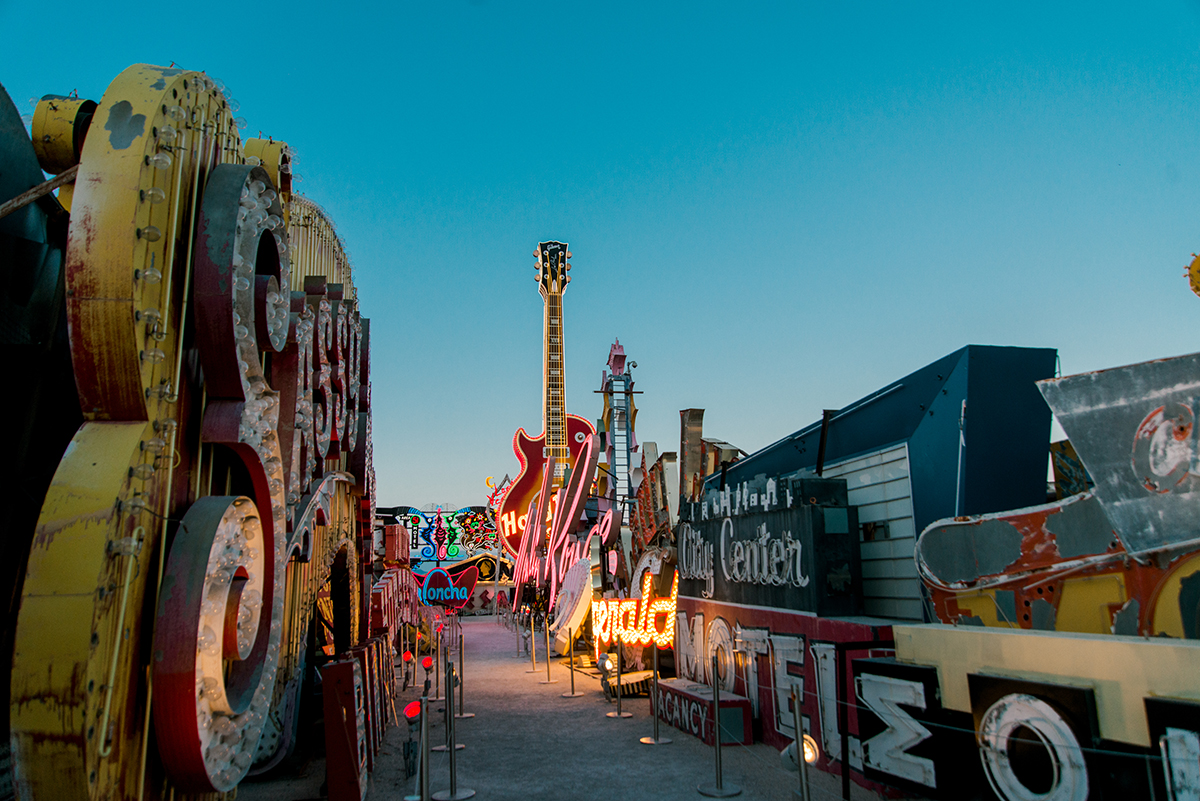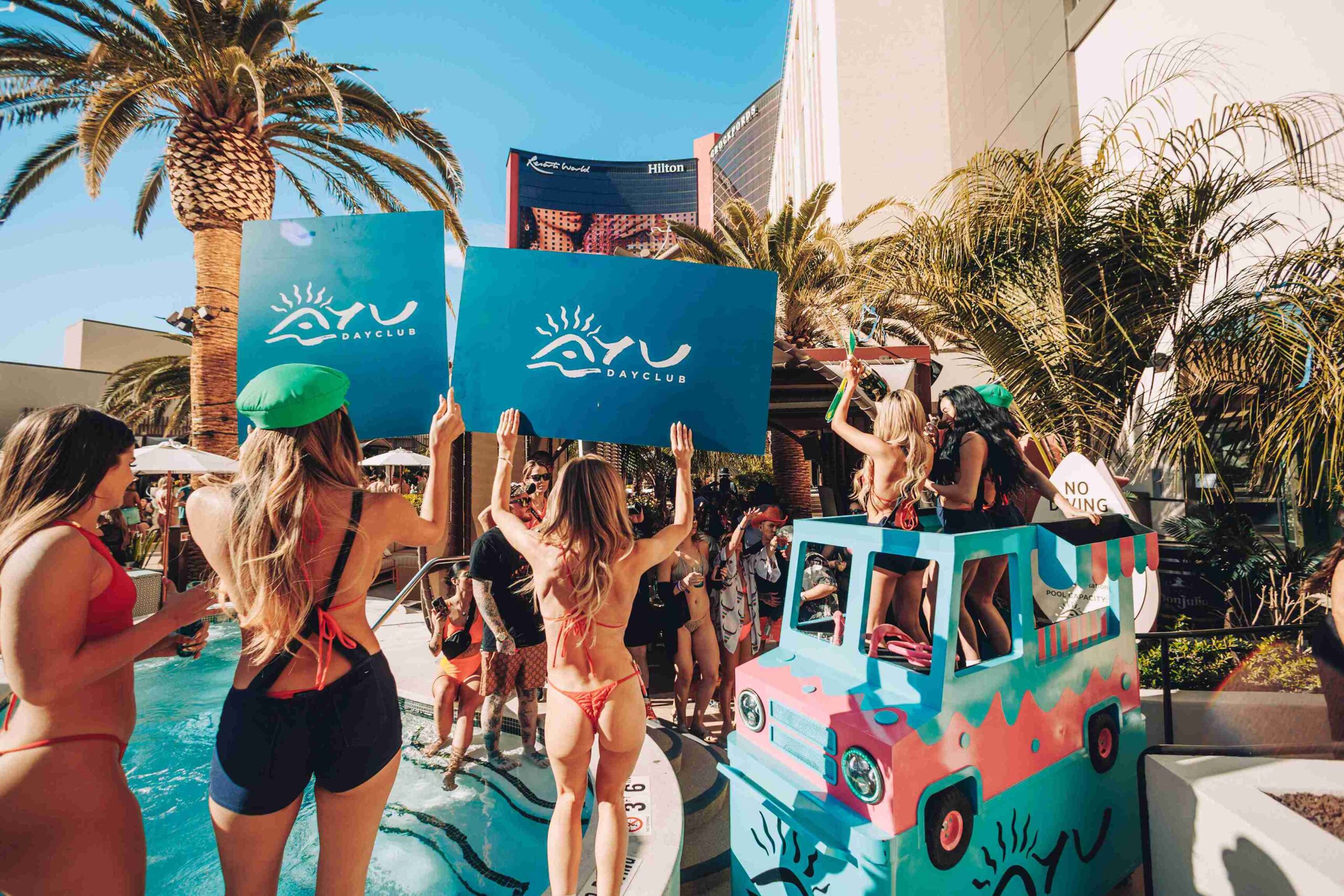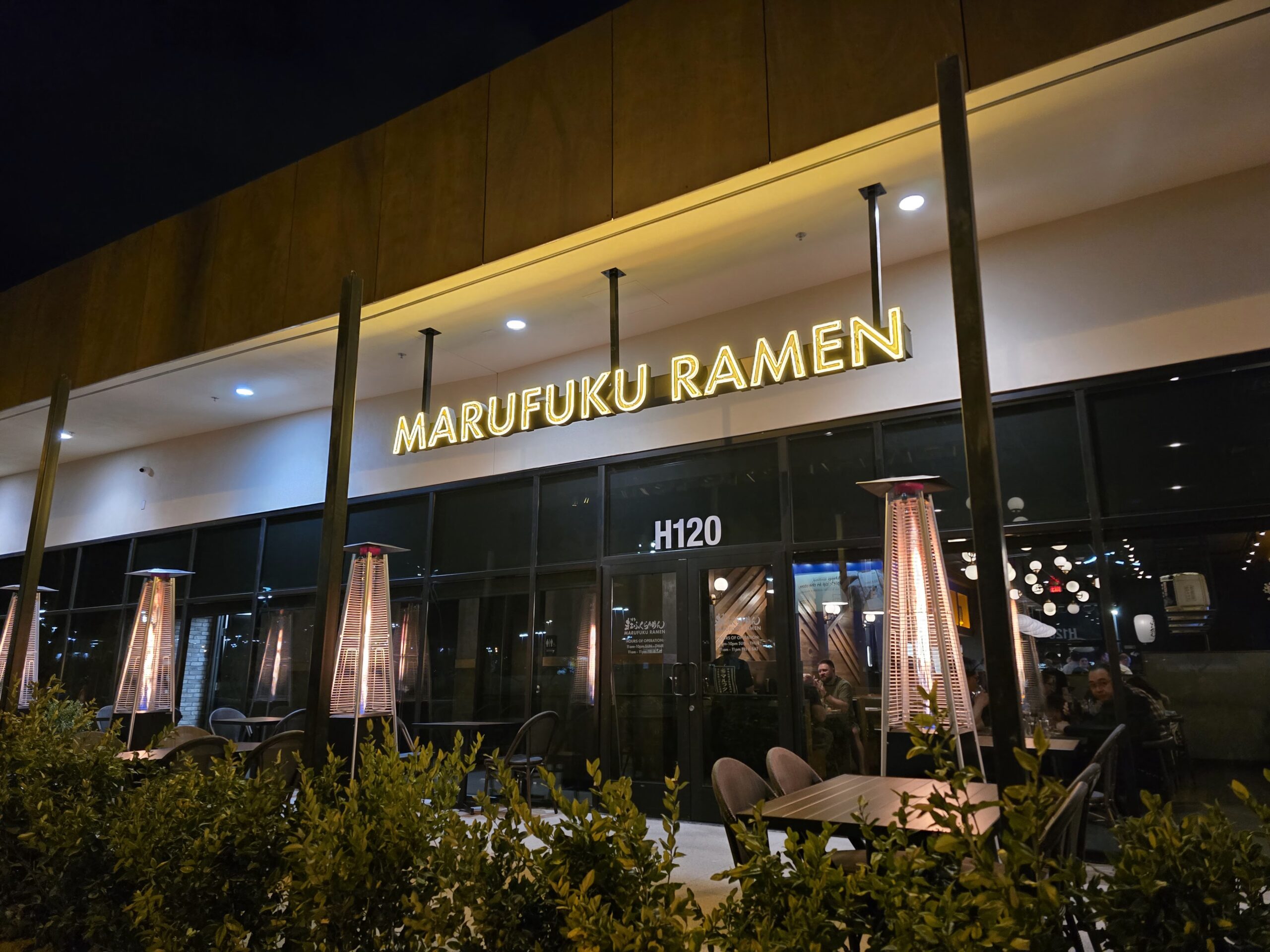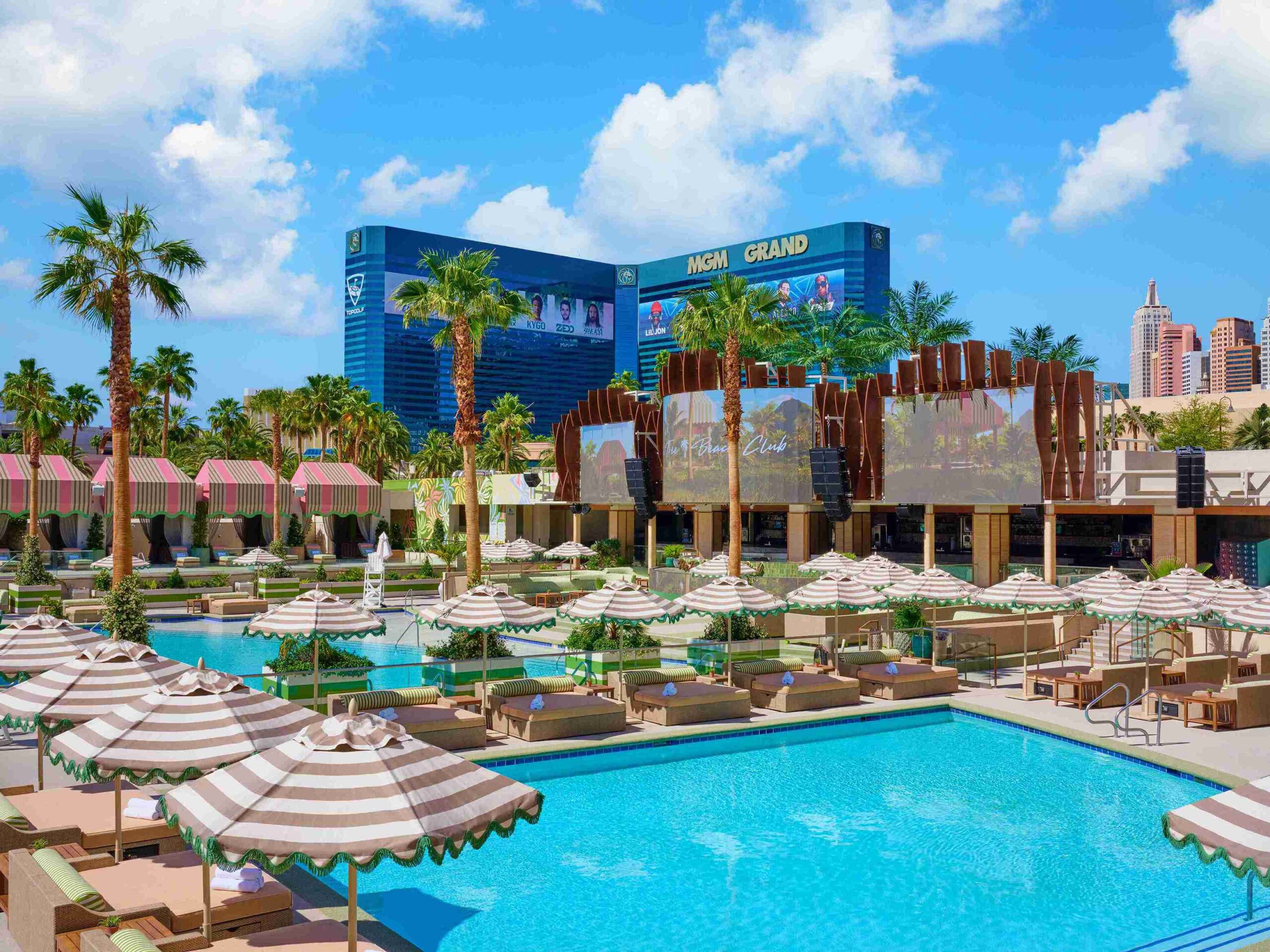Las Vegas, a city that never sleeps, is renowned for its dazzling lights and vibrant nightlife. Amidst this luminescent allure lies a treasure trove of the city’s glowing history—the Neon Museum. Established in 1996, this outdoor museum is dedicated to preserving the iconic neon signs that once illuminated the Las Vegas Strip. It serves not just as a resting place for these retired signs but as a vivid narrative of the city’s colorful past.
“The Neon Museum was established as a nonprofit organization to collect and exhibit neon signs, the art form synonymous with Las Vegas,” said Aaron Berger, the executive director of The Neon Museum Las Vegas. “Dedicated individuals from the private sector, as well as corporate and government entities, worked collaboratively to promote the preservation of these national treasures as significant pieces of artistic and historical importance. In 2021, The Neon Museum achieved accreditation by the American Alliance of Museums (AAM), the highest national recognition bestowed to museums in the United States.”
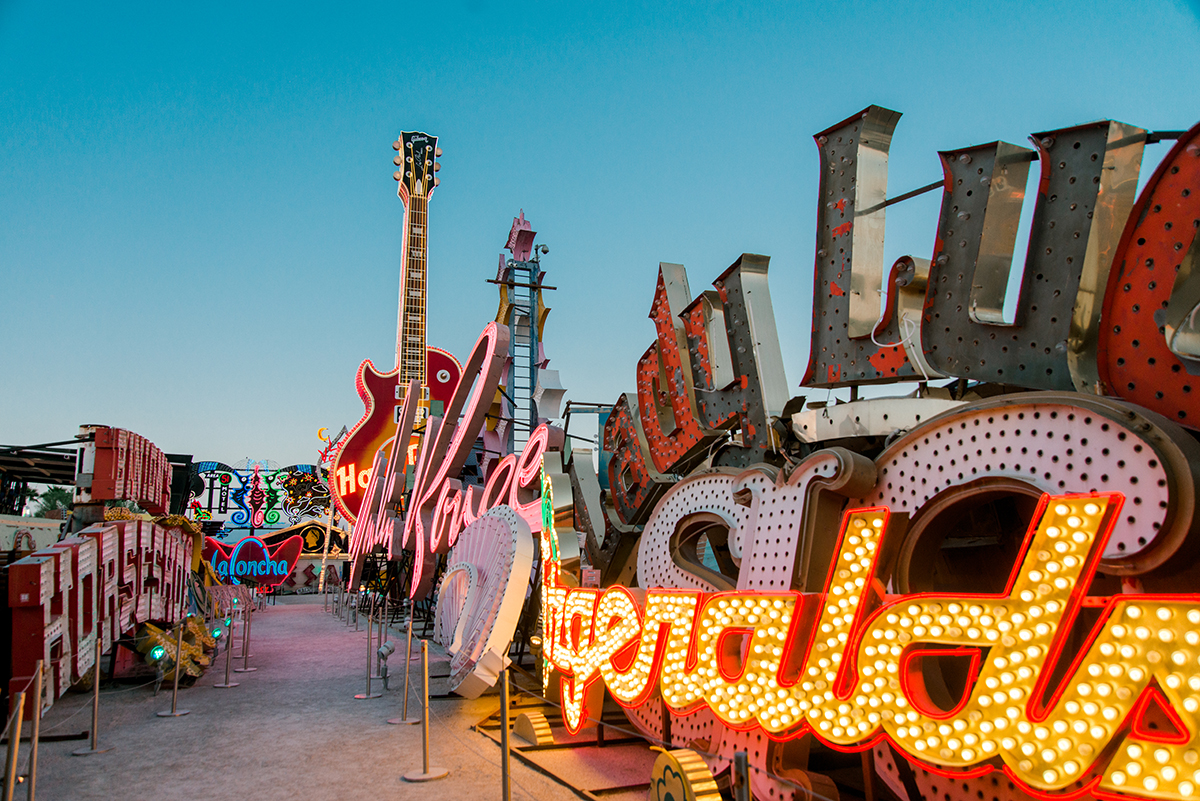
Bright Lights, Big City: How The Neon Museum Chronicles Las Vegas’ Past
The Neon Museum, often referred to as the ‘Boneyard,’ houses signs from old casinos, hotels, and other businesses, each telling its own story of the eras they’ve seen. Tours of the museum are available both during the day and at night, offering a completely different experience under the cloak of darkness when some of the restored signs are lit, casting a glow reminiscent of Las Vegas’ golden days. Guests may recognize a number of beautiful signs, many of which hold priceless historic value. “Last year, The Neon Museum had the honor of relighting the 56-foot-long Lido de Paris sign paying homage to one of the longest-running shows in Las Vegas history and the birthplace of the classic Las Vegas showgirl,” Berger said of one of the most significant signs on the property. “The Lido de Paris neon sign marked the 23rd sign restored and re-illuminated by The Neon Museum and now has a permanent home in its Neon Boneyard exhibition space across from the neon sign for the Stardust, the original home to the Lido. For every 50 people you see on stage, there are another 300 backstage making the magic happen. With the lighting of the Lido, we celebrate these people and the roles they have played in making Las Vegas the entertainment destination it is today.”
What makes the Neon Museum particularly fascinating is its commitment to the art and history of neon signage, offering educational programs and artist talks that explore the significance of these lights beyond their visual appeal. “We offer programs like STEAM Saturdays that allow children of all ages to partake in make-and-take activities, hands-on learning, and demonstrations designed to promote creative and critical thinking,” Berger told us of the Museum’s programs. “The series is offered once a month and features a variety of themes ranging from neon signs, music, sports and more. The Neon Museum launched a new tour called Viva Las Vegas Movies. The tour will explore the properties featured in iconic films from the all-time greats, cult classics, to lesser-known independent films in which Las Vegas has played a role. Our guests can rekindle their relationship with well-known films like Casino, Queen of Diamonds, Viva Las Vegas, Back to the Future II and many more.”
Though the Boneyard is impressive, it’s merely a fraction of the Museum’s immense collection. “The Neon Museum has over 800 signs (and counting) in our collection,” Berger explained. “Sadly, about 35% are on display at The Neon Museum. This means that hundreds of signs are in storage and not educating any one sitting in a closet. We are prioritizing a new loan program that brings unrestored signs out of storage and places them into public or even private spaces (as long as those spaces still provide museum-quality protection). Our first loan will be a star from the Rivera, which will adorn the exterior of the Make-A-Wish of Southern Nevada offices. The star, which also resembles the iconic Make-A-Wish logo, will include an educational panel that provides additional information about the piece. It’s a tremendous partnership, and we’re excited to make our collection more accessible to the public.”
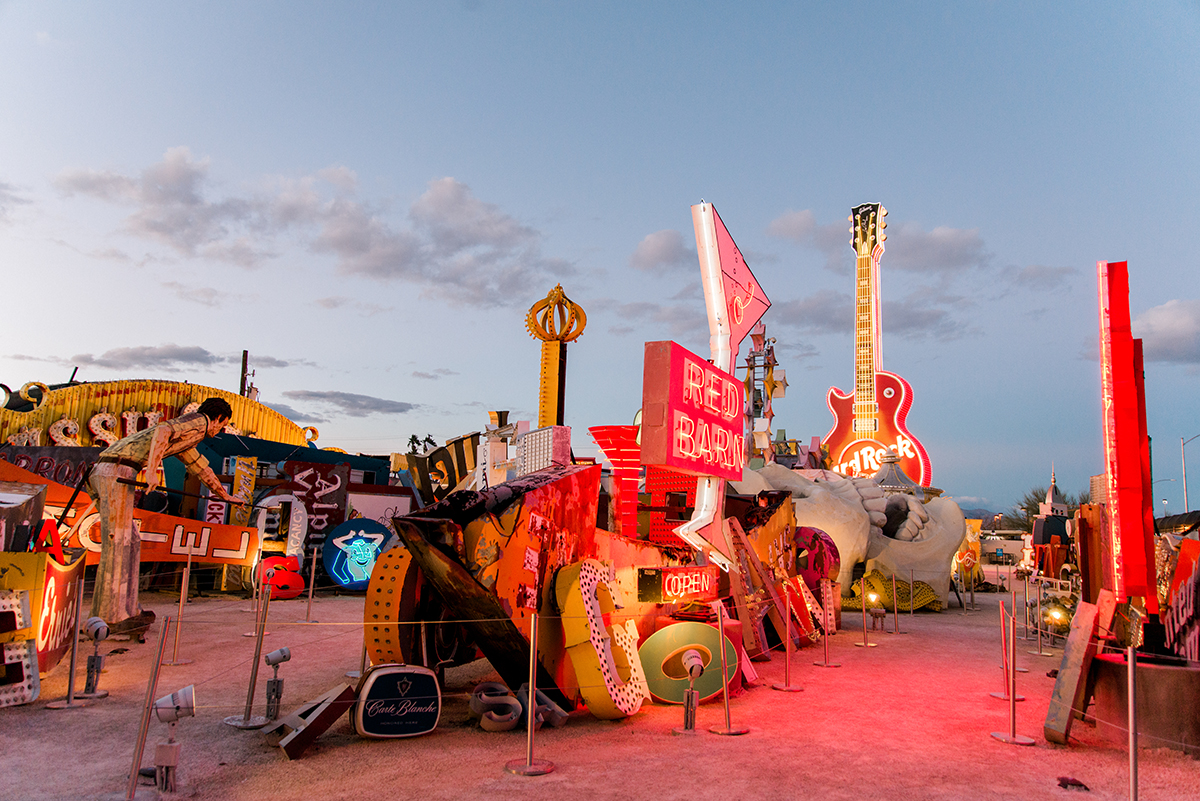
Signs of the Times: The Story of Las Vegas Told Through Neon
“Additionally, we have a tremendous partnership with the City of Las Vegas to bring more of the collection out into the heart of downtown Las Vegas. Beginning in 1996, the Caballero on a Palomino sign from the Hacienda Hotel (also known as the Horse and Rider) was the first sign restored and installed at the corner of Fremont St. and Las Vegas Blvd. Today, it joins 14 other restored neon signs currently on display as part of the Las Vegas Signs project, which includes the Silver Slipper, the Bow & Arrow Motel and Binion’s Horseshoe, installed in 2009 near the La Concha Visitors’ Center at the McWilliams Avenue intersection; and the Society Cleaners, the Lucky Cuss Hotel and the Normandie Hotel were added in 2012 at the Ogden Street intersection. Additionally, the 5th Street Liquor sign was installed at Garces Street and Casino Center Boulevard, in front of the Downtown Transportation Center, and the Landmark Hotel sign was installed on Paradise Road near the site of the imploded casino. The City of Las Vegas also has three historic signs from its collection displayed alongside pieces from The Neon Museum. We are in conversations with the city to add educational components to each sign so visitors and locals alike can learn more about these fantastic pieces of restored history.”
Because the signs are often those with historic value, new additions are infrequent. “The Boneyard was designed well over a decade ago with a curatorial theme in mind and showcasing what a ‘boneyard’ at a sign manufacturer’s shop would look like,” Berger told us. “It’s rare for us to add anything to the Boneyard now. An exception would be the Plaza sign, which we added in 2021. The importance of this sign is threefold: the sign designer is the same who created the Sassy Sally’s sign (conveniently next to the Plaza installation) and two, the Plaza sits at the city’s origin spot with the train depot. Finally, Plaza represents a property that, instead of imploding and building again, has invested deeply in bringing modern amenities to a 50-year-old building. This is historic preservation in action in Las Vegas.” The Tropicana sign was recently relit to honor the closing of the Tropicana Hotel & Casino on April 2.
The upkeep and preservation of such a significant collection comes with numerous challenges, with one major one in particular. “In a word, money,” Berger said of the biggest hurdle. “The general upkeep of our collection is expensive. We are preserving signs exposed to Las Vegas summers, winters, monsoons, and windstorms. We are fortunate to have donors who provide for restoration projects, but the ongoing maintenance is quite a challenge. We are fortunate to have a Sign Conservation Fund that allows individuals to contribute to the care of these historic pieces. In a place not recognized for historic preservation, we want natives, transplants and visitors to take pride in Las Vegas’ history, architecture, design + culture. We are like no other place in the world—let’s celebrate that.”
